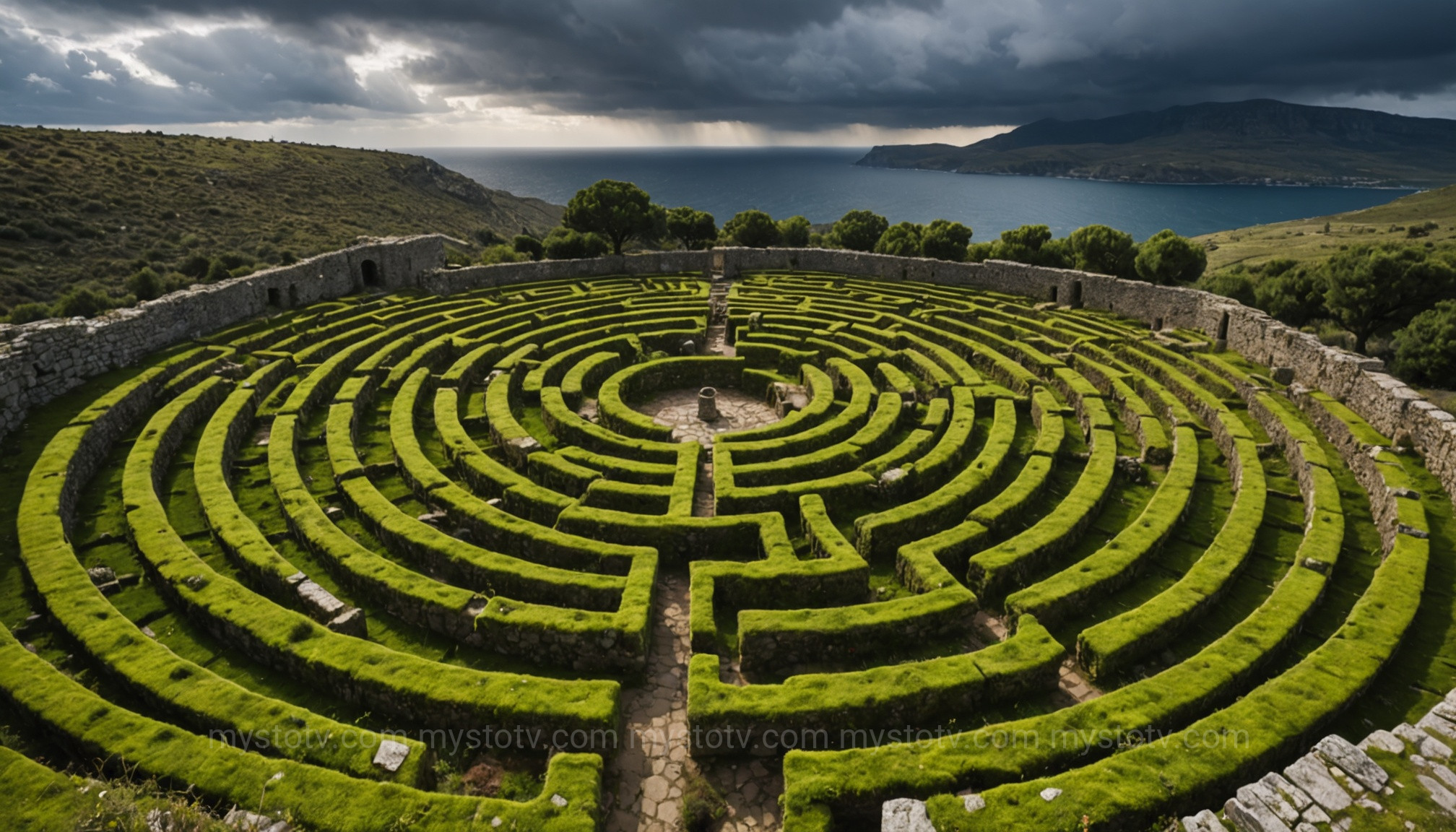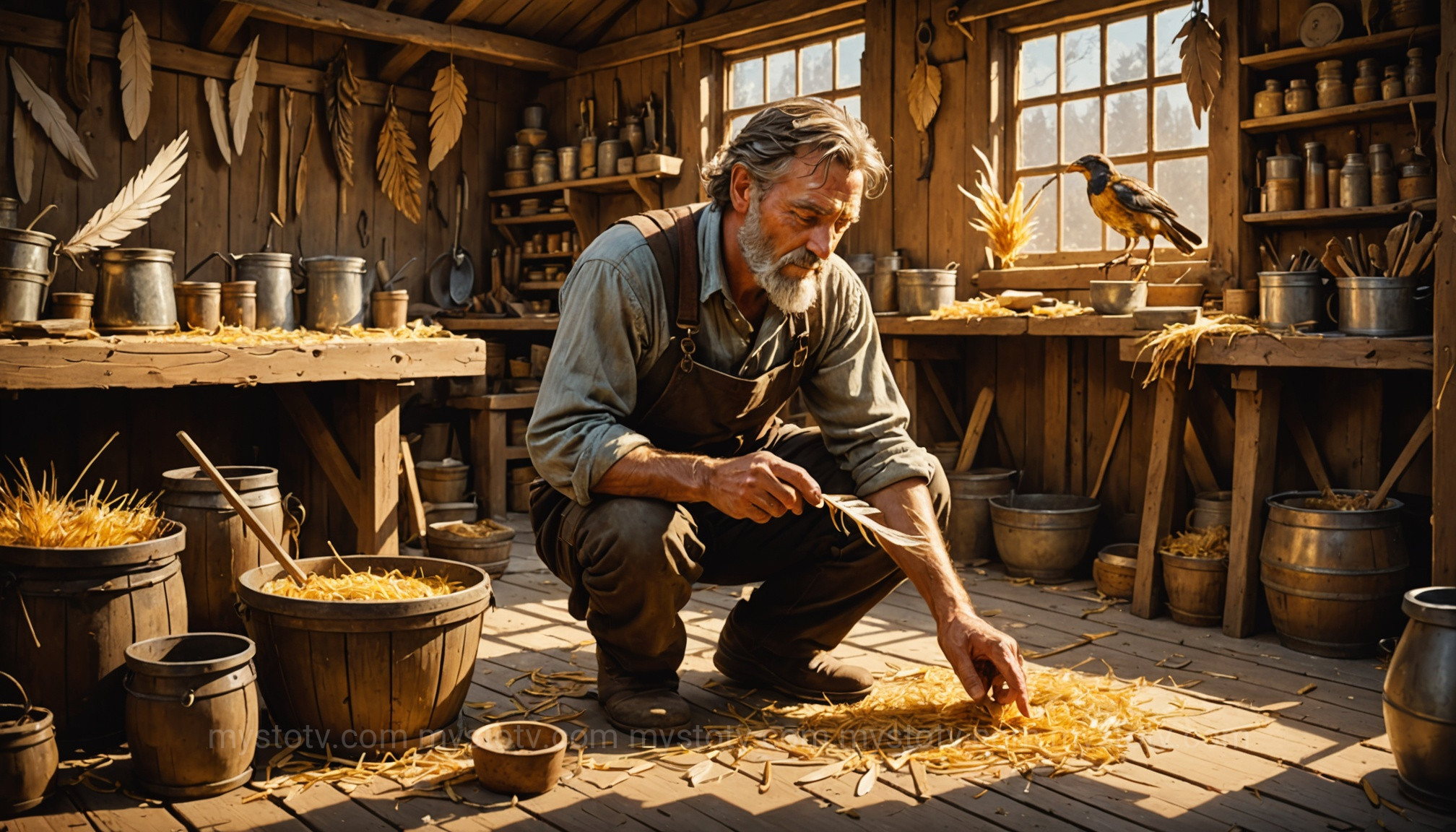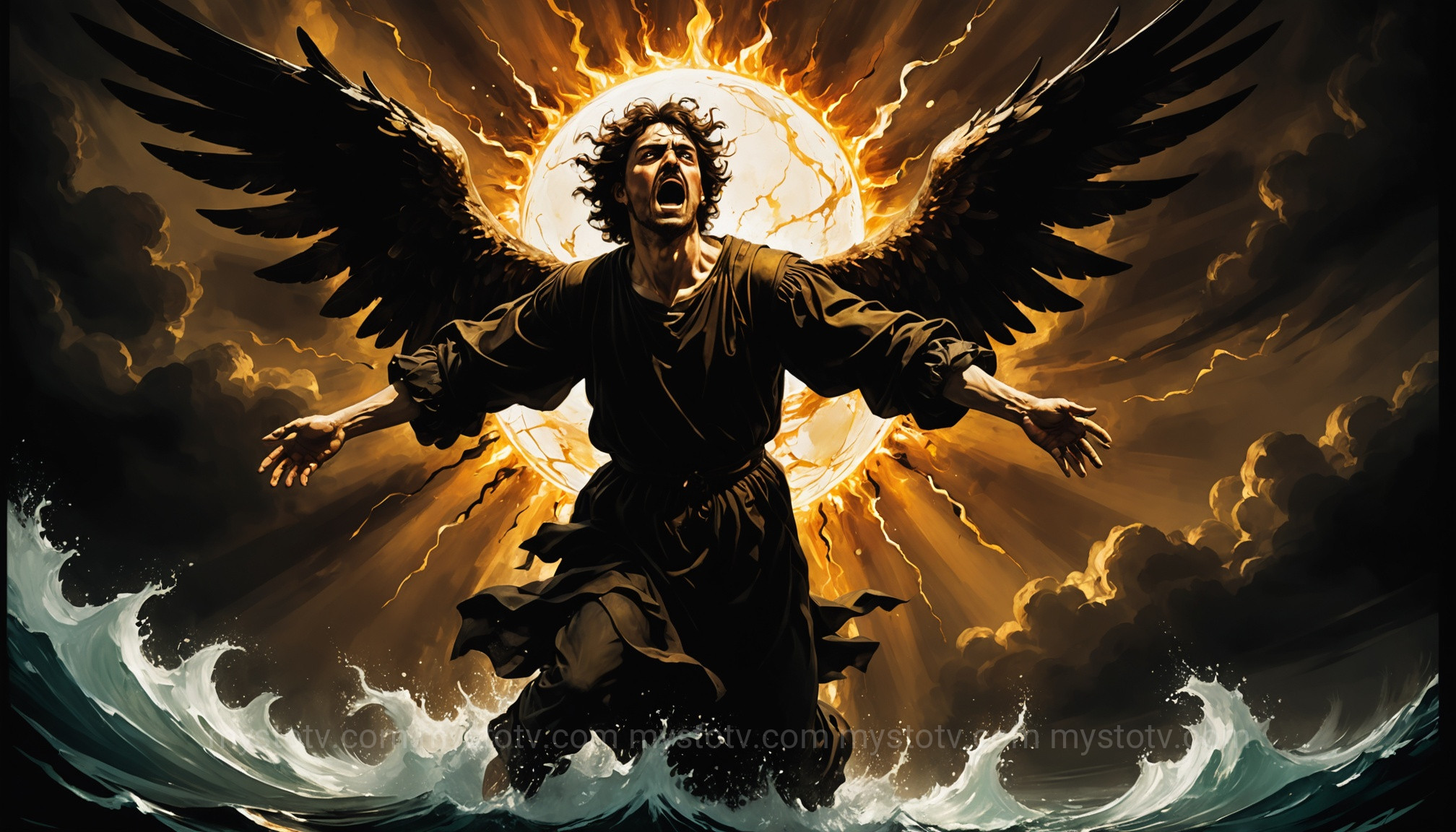I still remember the sting of my first major failure in a professional project. I was young, full of confidence, and armed with a new technique I was certain would revolutionize our workflow. I ignored the quiet warnings from a senior colleague about potential scalability issues, convinced my ambition was a clear-eyed vision. The initial results were spectacular, but just as we prepared for a full launch, the system buckled under the pressure—exactly as predicted. That humbling experience, the painful fall after a brief, exhilarating flight, always brings my mind back to the ancient and tragic story of Icarus and Daedalus. It’s more than a myth; it's a profound reflection on the delicate balance between human ambition and the natural limits we often choose to ignore.
Contents
- 1 The Genesis of the Story of Icarus and Daedalus: Captivity under King Minos
- 2 An Escape by Air: Crafting the Wings in the Story of Icarus and Daedalus
- 3 The Fatal Flight: Hubris and Failure in the Story of Icarus and Daedalus
- 4 Legacy and Modern Lessons from the Story of Icarus and Daedalus
- 5 Frequently Asked Questions about the Story of Icarus and Daedalus
- 6 References
The Genesis of the Story of Icarus and Daedalus: Captivity under King Minos

To truly understand the tragic flight, one must first explore the cage. The story of Icarus and Daedalus does not begin in the sky, but in a prison of genius on the island of Crete. At the heart of this prelude is Daedalus, a figure synonymous with unparalleled craftsmanship and ingenuity in all of Greek mythology.
Daedalus the Master Craftsman
Daedalus was not merely a builder; he was an Athenian master inventor, an artist, and an architect of legendary status. His name itself is said to mean "cunningly wrought." He was credited with inventing carpentry and its essential tools, such as the saw, the axe, and the plumb line. His sculptures were so lifelike it was said they could move and see. However, this genius was paired with a darker side—jealousy. Fearing his own nephew, Talos, would surpass his skill, Daedalus murdered him and fled Athens, eventually finding refuge and patronage in the court of King Minos of Crete.
The Labyrinth and the Price of Genius in the Story of Icarus and Daedalus
It was on Crete that Daedalus undertook his most famous and ultimately fateful commission. At the behest of King Minos, he constructed the Labyrinth, a maze so complex and bewildering that no one who entered could ever find their way out. It was built to imprison the Minotaur, a monstrous creature with the body of a man and the head of a bull. Yet, in a cruel twist of irony, Daedalus's greatest creation became his own prison. After the hero Theseus navigated the Labyrinth and killed the Minotaur (with the help of Daedalus's secret advice to Minos's daughter, Ariadne), an enraged King Minos imprisoned Daedalus and his young son, Icarus, within the very walls of the island he had so brilliantly fortified. This sets a critical theme for the story of Icarus and Daedalus: that unparalleled talent can forge one's own chains, and that human creations can trap their creators.
An Escape by Air: Crafting the Wings in the Story of Icarus and Daedalus

Trapped on Crete, with the land and sea guarded by Minos's fleet, Daedalus turned his inventive mind to the only path left unguarded: the sky. "Minos may control the land and sea," Daedalus declared, "but he does not control the air." Here, the core of the myth takes shape, driven by a father's desperate desire for freedom for himself and his son. This section of the story of Icarus and Daedalus is a testament to human innovation born from desperation.
Gathering feathers of all sizes, from the smallest finch to the largest sea bird, Daedalus began his work. He laid them out in overlapping rows, securing the smaller ones with thread and the larger ones with beeswax. He meticulously shaped them into two great pairs of wings, mimicking the structure of a bird's. The process was a marvel of engineering, a fusion of nature and human intellect. Icarus, too young to grasp the danger, played at his father's side, chasing feathers and molding the wax with a boyish grin, unknowingly toying with the very instruments of his destiny.
Before they took flight, Daedalus gave his son a solemn, critical warning. "Icarus," he pleaded, "you must fly the middle course. Fly too low, and the damp from the sea will weigh down your wings. Fly too high, and the heat from the sun will melt the wax." This instruction is the moral anchor of the entire tale. It's a call for moderation, for finding the balance between two dangerous extremes. It is the wisdom of age and experience trying to temper the reckless passion of youth.
The Fatal Flight: Hubris and Failure in the Story of Icarus and Daedalus

The escape began with triumph. Father and son leaped from the cliffs of Crete, beating their man-made wings against the air. For a moment, the impossible was real. They were flying. Fishermen and shepherds below looked up in astonishment, mistaking them for gods. This initial success is crucial to the tragedy; it is the feeling of divine power that fuels Icarus's fatal error. This climax is the most remembered element of the story of Icarus and Daedalus.
Icarus's Ecstasy and Hubris
For Icarus, the sensation was pure ecstasy. The wind rushed past him, the world shrank below, and the feeling of boundless freedom was intoxicating. In this exhilarating moment, he forgot his father's careful instructions. He was overcome by hubris—a dangerous overconfidence and pride. He believed he had conquered the sky. Drawn by the thrill and a desire to soar even higher, to touch the heavens themselves, he began to ascend, climbing toward the sun.
The tragedy unfolded just as Daedalus had warned. As Icarus flew closer to the sun, the sweet-smelling wax that held his wings together began to soften and melt. He beat his arms frantically, but he was only waving bare limbs. The feathers scattered, and stripped of his artificial power, he plummeted from the sky. His last act was to cry out his father's name before he fell into the sea and drowned.
The Father's Lament
Daedalus, hearing the cry, looked back in horror. He saw only feathers floating on the waves. He circled, calling his son's name, but there was no reply. He eventually found Icarus's body washed ashore on a nearby island, which he named Icaria in his son's memory. He buried him and, as the Roman poet Ovid wrote, "cursed his own artistry." The same genius that had offered a path to freedom had also provided the means for his son's death. This heartbreaking conclusion solidifies the story of Icarus and Daedalus as one of the most profound tragedies of Greek mythology, a painful lesson on the consequences of unheeded advice and unchecked ambition.
Legacy and Modern Lessons from the Story of Icarus and Daedalus
The fall of Icarus has echoed through more than two millennia of art, literature, and philosophy, proving its timeless relevance. The power of the story of Icarus and Daedalus lies in its versatile symbolism, allowing each generation to see its own struggles and aspirations reflected in the myth.
A Cautionary Tale of Hubris and Moderation
The most common interpretation is a cautionary one. The myth serves as a stark warning against hubris and the dangers of ignoring the wisdom of elders. Daedalus represents knowledge and moderation, while Icarus embodies youthful impetuosity and reckless ambition. The moral is clear: respect boundaries, heed warnings, and understand that our greatest strengths can become fatal flaws if not tempered with wisdom. This theme, "nothing in excess," was a cornerstone of ancient Greek thought, and the Icarus myth is its most vivid illustration.
A Celebration of Ambitious Failure?
However, modern interpretations sometimes re-frame the narrative. Some see Icarus not as a fool, but as a hero of a different kind. They argue that his flight, however brief, was a glorious attempt to transcend human limitations. In this view, it is better to have tried and failed spectacularly than to have never dared at all. The failure of Icarus becomes a symbol of the noble, if tragic, human spirit that constantly strives for more, pushing the boundaries of what is possible. This interpretation celebrates the ambition, even in its failure, as a vital part of human progress and artistry.
The Myth in Art and Culture
The story's power is perhaps best captured in art. Pieter Bruegel the Elder's famous painting, Landscape with the Fall of Icarus, poignantly depicts the indifference of the world to individual tragedy. In the painting, a farmer continues to plow his field and a ship sails on, while only a tiny pair of legs is visible flailing in the water. W. H. Auden's poem "Musée des Beaux Arts" reflects on this painting, noting how suffering "takes place / While someone else is eating or opening a window or just walking dully along." The enduring legacy of the story of Icarus and Daedalus shows how it forces us to confront uncomfortable truths about ambition, failure, and our place in the universe.
Frequently Asked Questions about the Story of Icarus and Daedalus
- What is the main moral of the story of Icarus and Daedalus?
- The primary moral is a call for moderation and a warning against hubris (excessive pride). Daedalus's instruction to fly a "middle course" is the key lesson. It advises against both complacency (flying too low) and reckless ambition (flying too high), advocating for a balanced and wise approach to one's goals and abilities.
- Was Daedalus also to blame for Icarus's death?
- This is a common point of debate. On one hand, Daedalus created the dangerous wings and enabled the flight, making him technically responsible. He himself "cursed his own artistry" after the event. On the other hand, he gave a specific, life-saving warning that Icarus chose to ignore. This ambiguity makes the myth more powerful, exploring themes of parental responsibility, free will, and the unpredictable consequences of our own inventions.
- Where did Icarus fall into the sea?
- According to the myth, Icarus fell into the sea near the island of Samos. His father, Daedalus, later found his body on a nearby island, which he named Icaria in his son's honor. The sea surrounding this island is still called the Icarian Sea today, cementing the myth's place in the geography of the real world.
The enduring power of the story of Icarus and Daedalus lies in its profound and deeply human core. It is a narrative that simultaneously champions the spirit of invention and warns of its inherent dangers. It captures the eternal tension between the wisdom of experience and the fiery ambition of youth, between the dream of transcendence and the unforgiving laws of nature. Whether we see Icarus as a reckless fool or a tragic hero, his fall remains a potent metaphor for our own lives, a timeless reminder to temper our loftiest ambitions with humility and to never forget the simple, solid ground from which we first learned to dream of the sky.
References
- Ovid. Metamorphoses. Book VIII, lines 183-235. circa 8 AD.
- Theoi Project. "Daedalus & Icarus." Theoi Greek Mythology. Accessed 2023. https://www.theoi.com/Text/OvidMetamorphoses8.html#5
- Graves, Robert. The Greek Myths. Penguin Books, 1992.